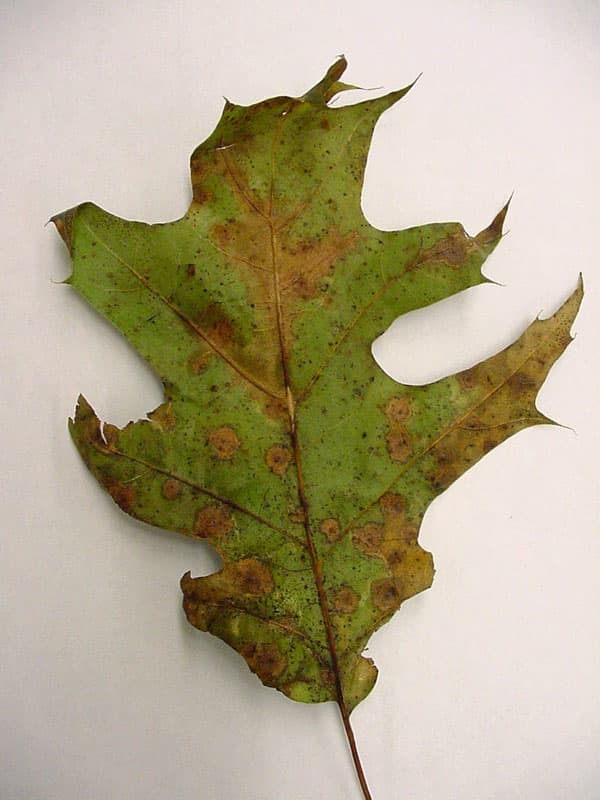

Initially, Chinkapin Oaks grow moderately fast but tend to slow as they age. Their canopy tends to spread an equal distance, providing plenty of shade. These large oak trees can grow up to 90 feet tall but usually only reach about 50 feet tall when cultivated. Scientific name: Quercus MuehlenbergiiĬhinkapin Oaks are sometimes called Chestnut Oaks because of their large and easy-to-shell acorns that attract all sorts of mammalian foragers, including humans. Chinkapin These shady trees grow acorns that will attract different animals and foragers to your yard. That said, the roots on Bur Oaks grow downward and tend not to lift nearby pavement as they extend. They fall away with the leaves and together make a huge mess on sidewalks and lawns. Unfortunately, their acorns are filled with tannin and covered with a furry, bur-like cap. The leaves shift from green to shades of red and copper before dropping. Their crowns are uniform and round, and their long, lobed leaves put on a stunning fall display.

They grow between 70 and 90 feet tall and often feature thick trunks, up to seven feet in diameter. Scientific name: Quercus Macrocarpaīur oaks are one of the more picturesque species of oak trees. Bur The Bur Oak is a beautiful tree but can be messy and will require more maintenance. This means this tree is hardy in all of Florida except for the southern tip. These oaks don’t change color before dropping their leaves, prefer slightly acidic soil with good drainage, and grow best in USDA zones 8A-9B. With dark green leaves and scaly-white bark, they’re also gorgeous in most landscapes. They grow moderately fast, and their ovular canopies provide plenty of shade. That said, many are closer to 40 feet tall and 35 feet wide. These trees can grow up to 60 feet tall and have a 50-foot spread. In front yards, along streets and sidewalks, they provide easy walking clearance, and pruning isn’t hard. Scientific name: Quercus Austrinaīluff oaks are a favorite amongst landscapers because of their uniform, upright branches that don’t droop low to the ground. Bluff The Bluff Oak has a beautiful canopy making it good to plant along the street or walkways.
#Age of water oaks full
They prefer full sun and are well-adapted to drought and wildfires. These trees do best in the sandy soils of Florida, Texas, and Oklahoma. Against their dark-gray to black bark that’s carved with deep grooves, Bluejack leaves are stunning, and many landscapers favor them. The leaves feature smooth edges, a pointed tip, and fuzz-covered silvery undersides. Though they grow up to 55 feet tall, they don’t have running roots and won’t take over a space like other oaks tend to.īluejack Oaks get their name from their long and narrow blue-green leaves. This species is considered small-statured and shrublike. Scientific name: Quercus Incanaīluejack Oaks are a great choice for most gardens and yards. Bluejack The Bluejack Oak doesn’t have an invasive root system and will do well with little water. They thrive in full sun conditions and areas with acidic, well-drained soil. They grow in USDA zones 8A-9B, which includes most of Florida. As an evergreen oak, these trees don’t put on a fall show, nor do they attract wildlife.

And their canopy is dense, rather than open, like many larger oaks.īlue Japanese Oak trees get their name from their purple-tinted leaves that change to a shiny green as they age. This type of oak is relatively short, growing to between 25 and 40-feet tall. Scientific name: Quercus GilauraĪt first glance, Blue Japanese Oak trees hardly resemble the rest of their family. Blue Japanese This particular species doesn’t resemble the typical oak tree and wont get as big.


 0 kommentar(er)
0 kommentar(er)
